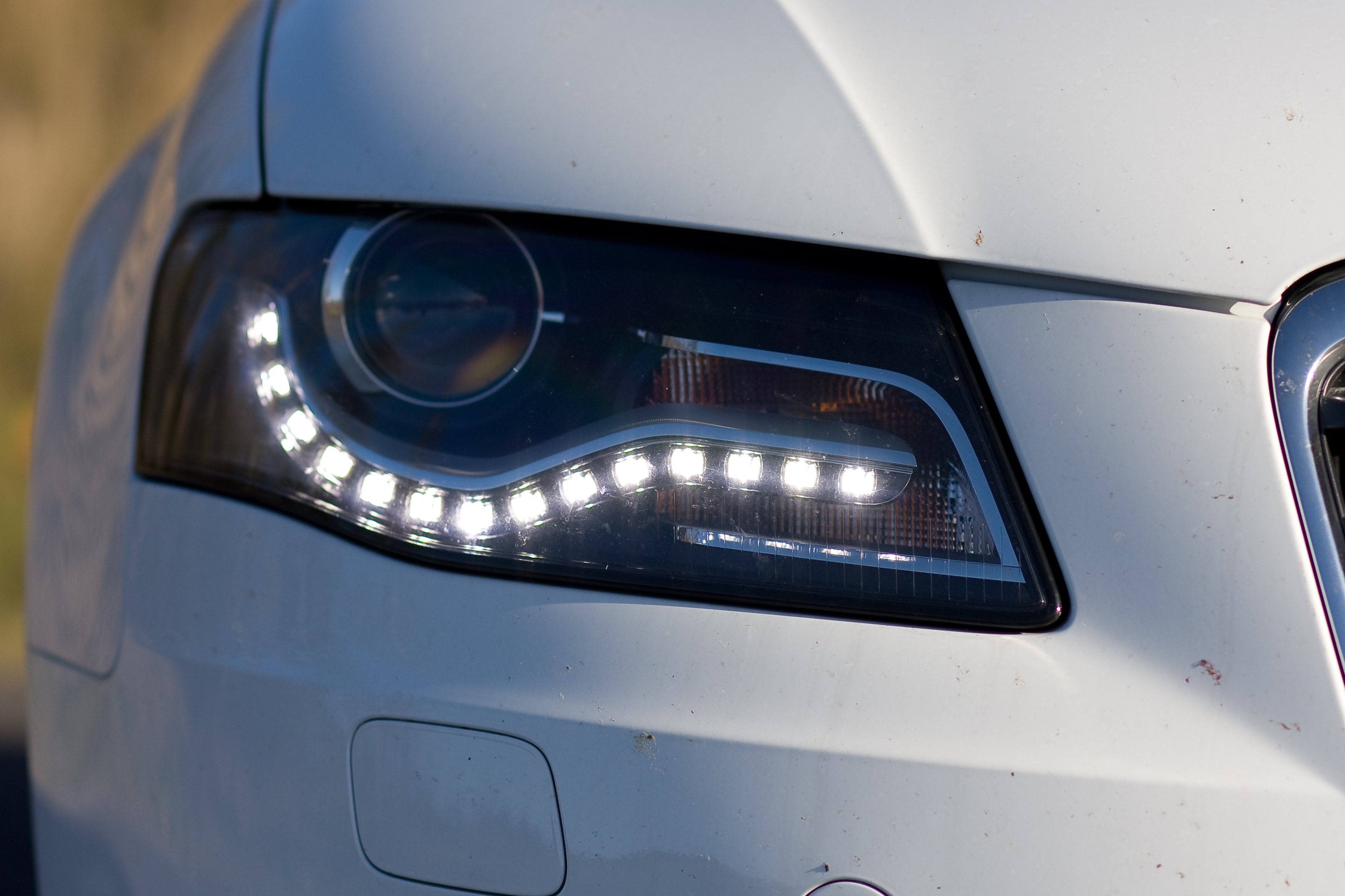 Automotive technology has advanced immensely in recent years, with new cars getting equipped with more and more high-tech features that are supposed to improve safety, but also make driving more fun and enhance the overall occupant experience.
Automotive technology has advanced immensely in recent years, with new cars getting equipped with more and more high-tech features that are supposed to improve safety, but also make driving more fun and enhance the overall occupant experience.
Drivers who intend to buy a new car in 2016 can look forward to a wide range of available features that were shown off in some concept vehicles in prototypes over the course of the past few months. Here is a round-up of the most anticipated car tech features for 2016.
BMW’s Remote Control Parking Technology
Earlier this year, German luxury-car manufacturer BMW demonstrated an innovative technology that allows drivers to park their vehicles by remote control. BMW’s self-parking system employs a series of sensors attached to the outside of the car, scanning the car’s surroundings and measuring the available space in a parking spot or a garage.
The driver just needs to point the car toward the space they want to park it in, step out of the vehicle, and activate the automatic parking system using the specially designed BMW Display Key. Once the system is activated, the car starts maneuvering itself into the desired parking spot by moving forward on its own.
Then, the car can be summoned using the same smart key, with the self-parking system navigating the car out of the parking space or garage, as it moves by itself in reverse. With this system, drivers can park their cars in tighter parking spots without a trouble, which is a huge relief and a major time-saver. The remote parking control is available on the 2016 BMW 7 Series.
Audi Matrix LED Lights
Audi announced that it is working on an advanced LED headlight technology a couple of years ago, but it finally demonstrated it on a new concept unveiled at the 2015 Frankfurt Motor Show.
The so-called Matrix LED Headlights debuted on the 2016 Audi A8, and are expected to be offered in more models next year. The lights use a technology that in addition to improving visibility, provide better safety, as well.
The Matrix LED headlights illuminate the road ahead of the car much better than traditional headlights, as they are connected with the car’s cameras, sensors and navigation system, so that they can use the data recorded by these devices to determine how to illuminate which objects in the car’s surroundings.
With this technology, the lights can automatically switch between high and low beam depending on road and weather conditions, as well as blocking the light emitting diodes that would otherwise illuminate oncoming vehicles when using high beam. This is a great solution for preventing collisions, since many accidents are caused by high beams temporarily blinding drivers in oncoming vehicles, causing them to lose control and collide with another car or another object by the side of the road.
Toyota’s New Mapping Software
This technology, which will be demonstrated at the 2016 Consumer Electronics Show in Las Vegas, may not make a huge difference to drivers in terms of improving a car’s performance or comfort levels, but it can prove essential for the ongoing development of self-driving cars.
The Japanese car maker has developed a new 3D mapping software, that is supposed to be installed in vehicles so that they can gather information on the position of surrounding vehicles and capture images of them in real time, and send them to data centers, where they will be used to create precise 3D maps.
Toyota’s system will rely on cameras and GPS systems that existing production vehicles are already equipped with, which the company says will help to update the maps more frequently and more accurately.